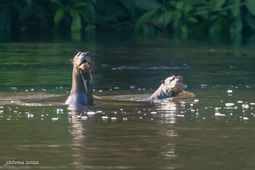
Why Ecuador?
The country I fell in love with

I first came to Ecuador in 2012 as a teaching assistant and was instantly blown away by the seemingly endless array of insects, flora, and other fauna in the ecozones that we visited. Starting in the cloud forest, descending to the coast, and climbing the mountains we had a quick snapshot of everything Ecuador has to offer.
In addition to being one of the world's biodiversity hotspots, Ecuador also boasts of high levels of endemism from birds, to orchids, to insects which promises new an exciting research opportunities.
Apart from research, this high level of biodiversity and ease to travel from one distinct ecosystem to another in a matter of hours enticed me to set up shop here. An extensive network of private and public conservations efforts create a mosaic of conserved land that covers 20% of the country. It's easy to see how the restoration can be achieved when the land is given a chance and the conservation efforts made by individuals and communities prove that one person can make a difference in this world shaped and threatened by climate change.
In addition to the beautiful landscapes, overwhelming biodiversity, and conservation efforts, Ecuador's cultural history is extensive, diverse, and ancient. Spanning over thousands of years, this living history can be seen in the faces of the people today through their clothing, customs, traditions and cultural heritage which is proudly displayed by the local people.







































































